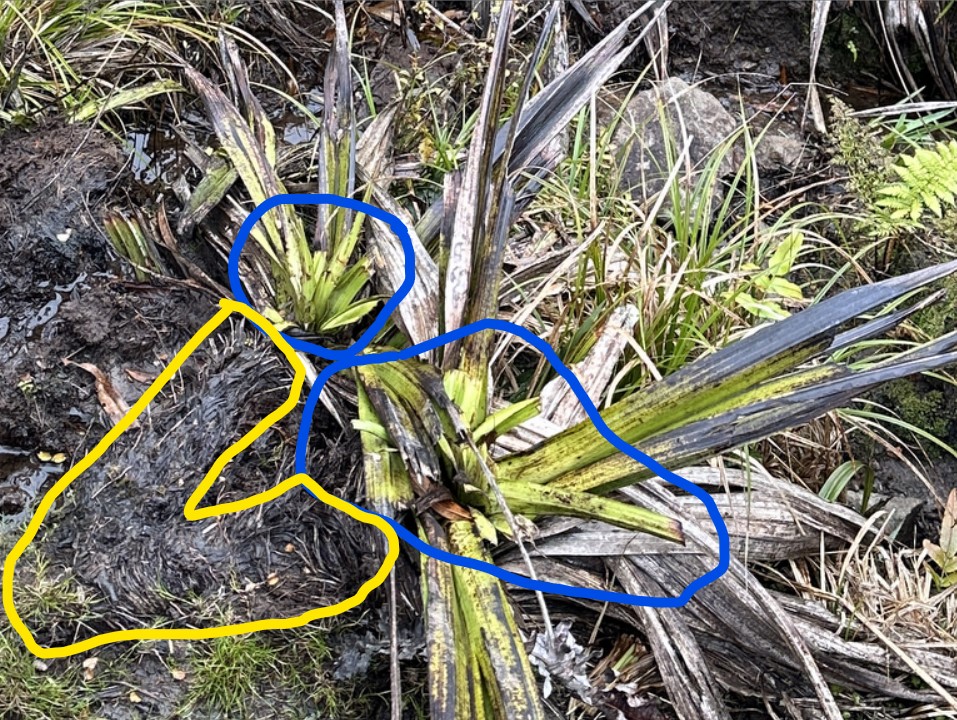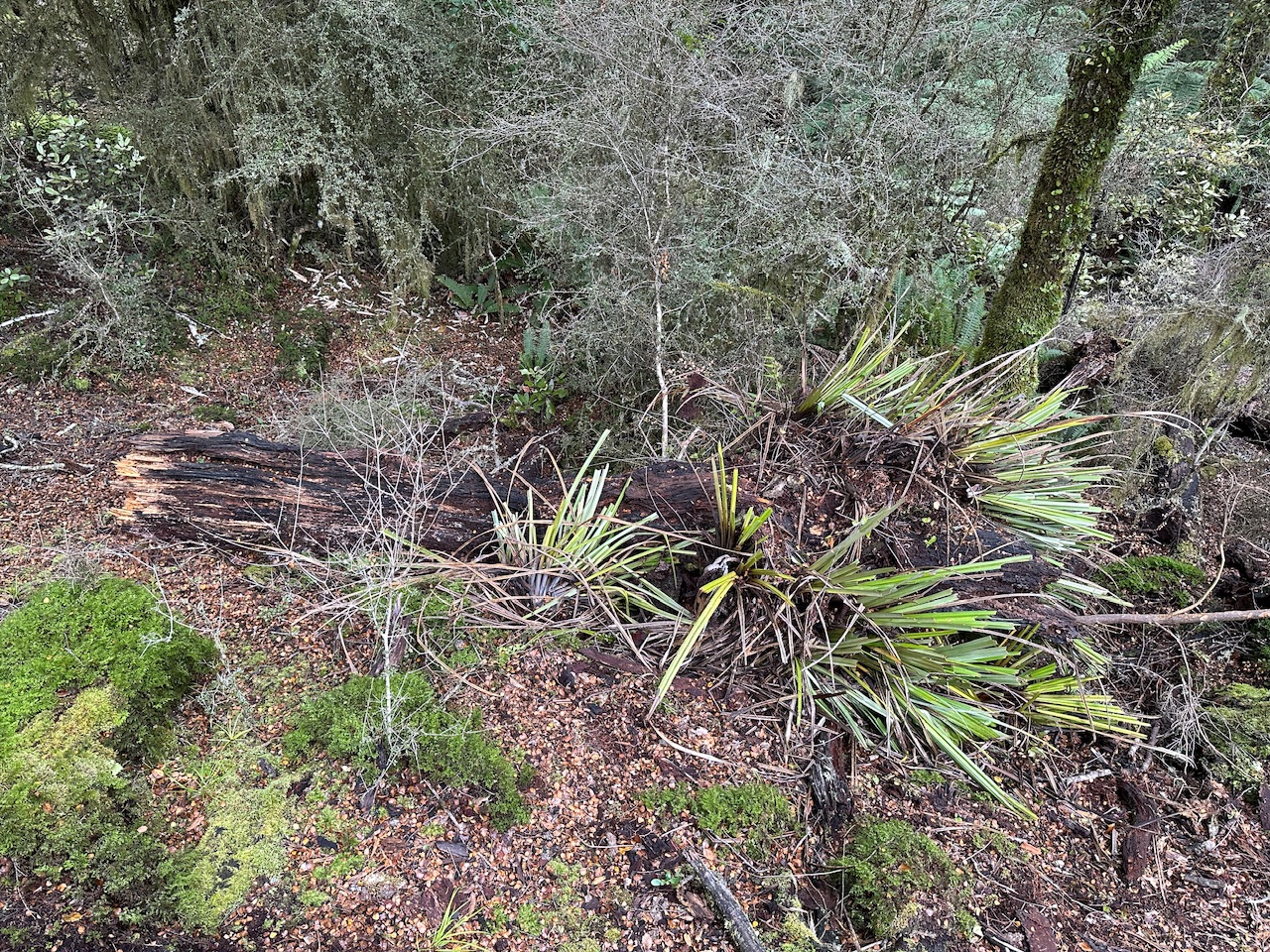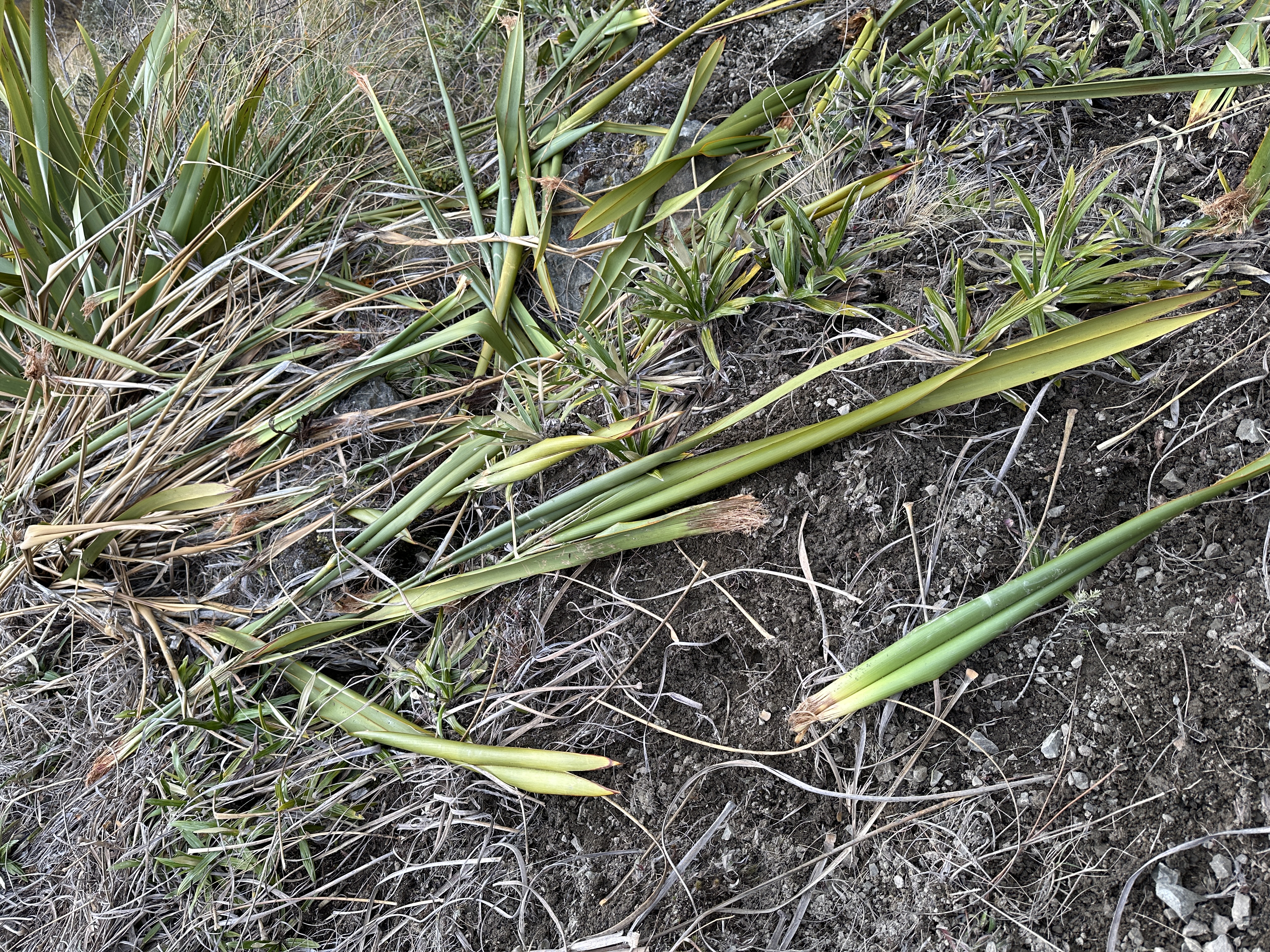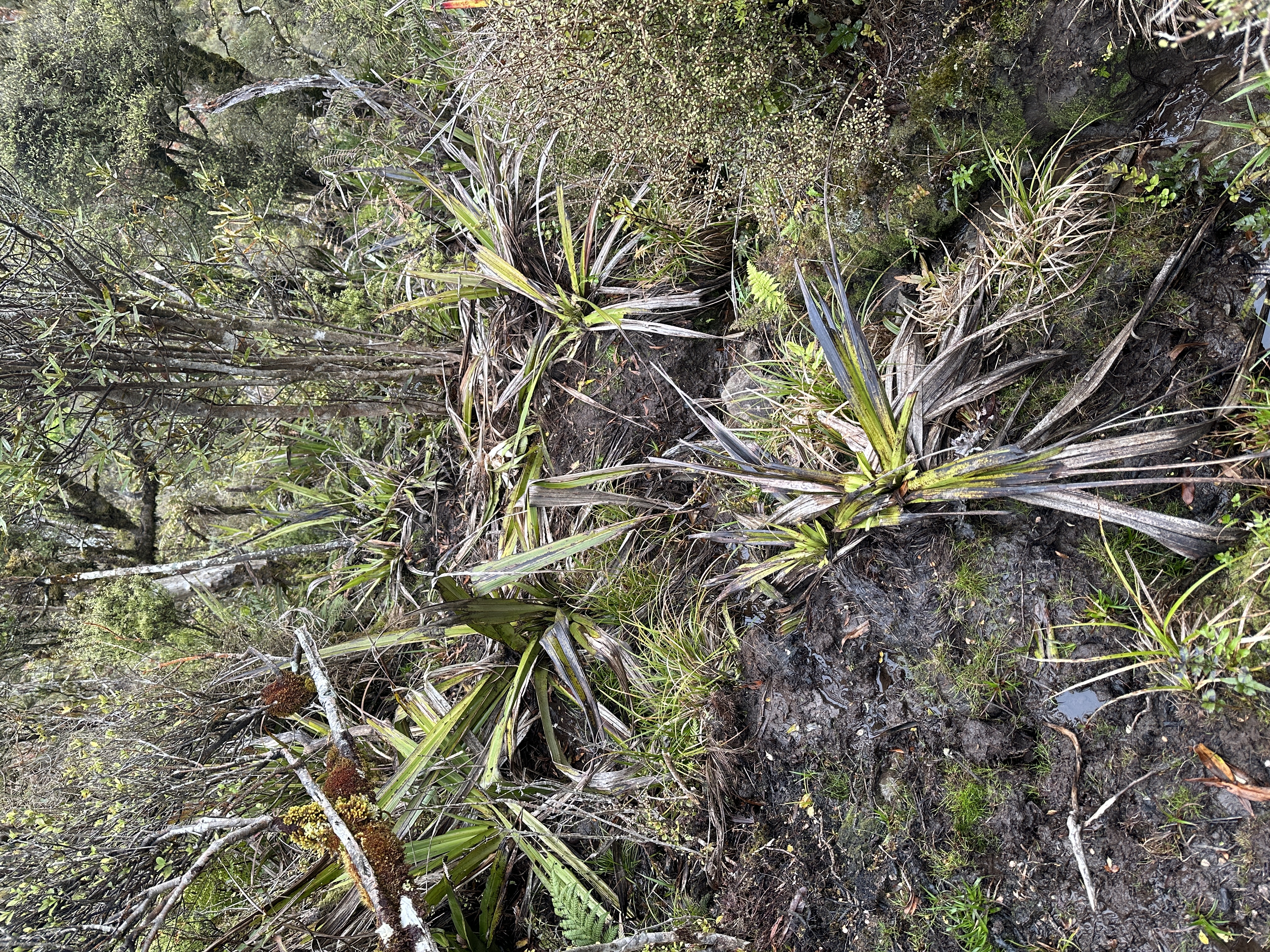Does anyone know what does this ? Seen it happening ?
Theres plenty of both peer and dig sign around and goats have also been known in the area, so its not obvious. Quite destructive.
Welcome guest, is this your first visit? Create Account now to join.
Welcome to the NZ Hunting and Shooting Forums.
Search Forums
User Tag List
+ Reply to Thread
Results 1 to 15 of 16
Thread: Flaxes getting hammered
-
28-10-2024, 08:51 PM #1Member

- Join Date
- Mar 2012
- Location
- Waikato
- Posts
- 2,189
Flaxes getting hammered
-
-
28-10-2024, 08:58 PM #2Member

- Join Date
- May 2012
- Location
- Sydney
- Posts
- 1,821
Flaxes getting hammered
Doesn’t appear to be grazing, chewing damage. Looks like a plant health issue, too wet, to dry etc then disease later on (Agronomist in a past life).
Sent from my iPhone using Tapatalk
-
28-10-2024, 09:24 PM #3Member

- Join Date
- Mar 2012
- Location
- Waikato
- Posts
- 2,189
It was a very wet swampy area and steep about 30 deg. Facing NW so could be very sunnnyand dry some times of the year.
-
28-10-2024, 09:32 PM #4Member

- Join Date
- May 2012
- Location
- Sydney
- Posts
- 1,821
Bagheera,
Looking at the leaves there is no grazing. Grazing on glazes tends to leave a fibrous fringe. That black colouring coming down the leaves looks like a disease of some sort to me.
But others may not more…..
Sent from my iPhone using Tapatalk
-
28-10-2024, 10:43 PM #5Member

- Join Date
- Dec 2022
- Location
- Whanganui
- Posts
- 1,383
New shoots then an unseasonal frost and bye bye my potato plants.
-
28-10-2024, 11:13 PM #6Member

- Join Date
- Dec 2011
- Location
- Te Awamutu
- Posts
- 1,060
They're Astelia. In a boggy area it could be swamp Astelia (A. grandis). Or just bush lily (A. fragrans). Hard to tell the two species apart without better photos of a few things.
They are being heavily grazed by deer, how previous posters can't see the fresh growth in the middle has all been cropped, I don't know, but I suggest a new pair of glasses. The heavy tracking and pugging like a stock yard might be a clue too.
The older leaves are avoided by deer and that's what you're seeing remaining here. Deer will only eat this when they're hard up on feed at the end of winter it is not a preferred feed. Shoot more deer in the area.
Photo below blue you can see the tears from grazing of the fresh growth. Yellow is the stem which is getting pretty hammered by trampling too.

-
29-10-2024, 06:36 AM #7Member

- Join Date
- Dec 2021
- Location
- Tauranga
- Posts
- 6,082
Goats will get into that too, for some weird reason only known to goats. Dunno which area that is, if there are goats there they are a likely culprit.
-
29-10-2024, 07:46 AM #8Member

- Join Date
- Jan 2015
- Location
- Waikato
- Posts
- 2,236
Flax leaves are a natural remedy against intestinal worms in deer and goats.
-
29-10-2024, 09:24 AM #9Member

- Join Date
- Mar 2012
- Location
- New Zealand
- Posts
- 582
-
29-10-2024, 02:40 PM #10Member

- Join Date
- Mar 2012
- Location
- Waikato
- Posts
- 2,189
Thanks @Makros. I didnt know there were ground dwelling Astelias. Here are some from a widdowmaker fall st Clements Road. Deer seem to love them.

-
29-10-2024, 02:45 PM #11Member

- Join Date
- Mar 2012
- Location
- Waikato
- Posts
- 2,189
Here are flaxes with damage across the middle of the leaf. Kaikouras Sept 2024.

-
29-10-2024, 02:53 PM #12Member

- Join Date
- Dec 2011
- Location
- NI
- Posts
- 13,532
When I saw this post I straight away thought of similar flaxes that the deer eat right down during the winter/spring on the whanahuia range (where Rangi hut is in the Ruahines). It seems to be the plant they hit late winter in September - October along the tussock edge. You will see it eaten down around the saddle at the top of Dead Mans'. It was always a sign for me that the deer were emerging from their wintering areas.
I googled' astelia after I recalled this and blow me down there was a link mentioning Astelia in exactly the same place in the Ruahines.
https://www.wildernessmag.co.nz/see-...ntain-astelia/Out beyond ideas of wrongdoing, and right-doing, there is a field. I will meet you there.
- Rumi
-
29-10-2024, 03:26 PM #13Member

- Join Date
- Dec 2011
- Location
- Te Awamutu
- Posts
- 1,060
I wouldn't say love em. Deer can eat them. I would say is Clements Mill Road eating patterns are more of a can I eat it rather than I like to eat it situation as there is bugger all feed in most of the area. As always, just shoot more deer there are too many in most places these days.
-
29-10-2024, 03:32 PM #14Member

- Join Date
- Jul 2020
- Location
- Central North Island
- Posts
- 5,393
Agree. Late winter the alpine flaxes in the southern Kaimanawas get hammered.
Back in the Mico plasma bovis years we put an electric fence 2m inside our boundary fence with our three different neighbouring drystock units to stop their manky inbreds from rubbing noses with our beautiful bluebloods
We planted the gap with flaxes. All 2km of it. Now we are having to run additional hot wires to stop their manky inbreds from ruining our boundary fence to access the flax in last winter. It must taste fantastic, cause they do a lot of pushing and shoving to get to it
-
29-10-2024, 10:23 PM #15
Similar Threads
-
Clements getting hammered?
By The bomb in forum HuntingReplies: 9Last Post: 07-10-2024, 09:21 PM
Tags for this Thread
Welcome to NZ Hunting and Shooting Forums! We see you're new here, or arn't logged in. Create an account, and Login for full access including our FREE BUY and SELL section Register NOW!!





 29Likes
29Likes LinkBack URL
LinkBack URL About LinkBacks
About LinkBacks




 Reply With Quote
Reply With Quote



Bookmarks